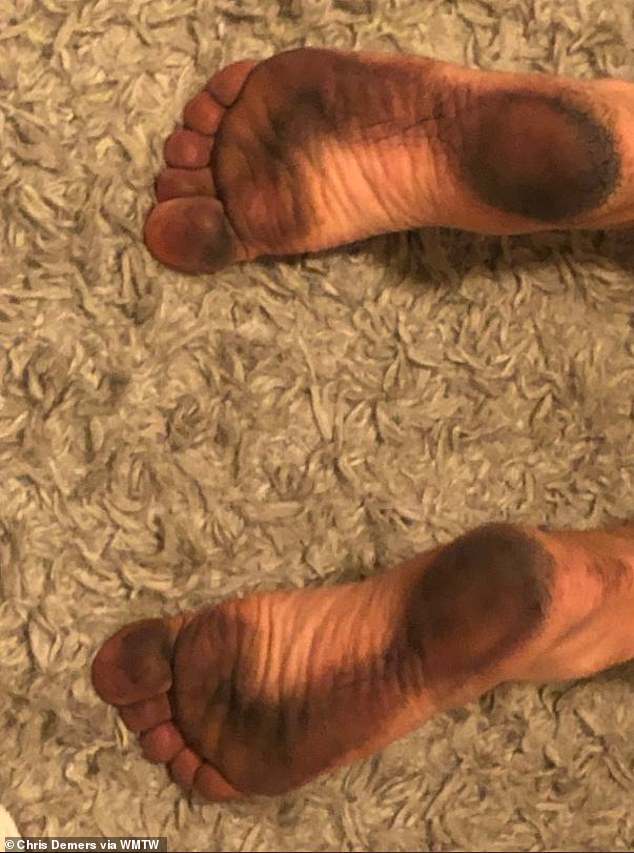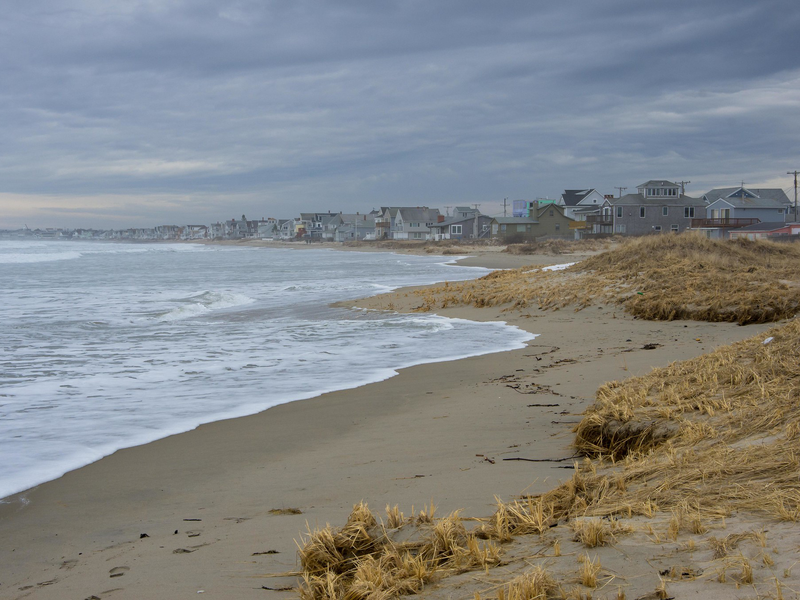The millions of microscopic fly carcasses leaving dark stains on people’s feet affected a 70-mile stretch of beaches from Massachusetts to Maine.

The following written content via Smithsonian.
Summer temperatures finally reached New England this week, and people were excited to hit the beach and walk barefoot in the sand. But some beachgoers were in for a surprise: dark-colored stains on the soles of their feet that wouldn’t come off no matter how hard they scrubbed. Beaches along the 70 miles from Wells, Maine, to Gloucester, Massachusetts, were affected by the mysterious muck, Heather Murphy reports for the New York Times.
It took a few days to get answers, and the reality might make your skin crawl: millions of microscopic, dead flies had washed into the sand. The dark color on people’s feet probably came from pigment that the insects acquire from their food, Eric Russel reports for the Portland Press Herald.
“It looks like I walked through the blueberry field barefoot,” says Alyssa Mewer, a resident of York, to Gabrielle Mannino and Dustin Wlodkowski at News Center Maine. Mewer’s sister’s feet turned black with a green shine, and her kids’ feet were tinted blue. And the color wouldn’t fade, even after multiple showers and heavy scrubbing.
“It’s kind of strange that it won’t really come off very easily,” Mewer adds to News Center Maine. “So more than anything, we’re just curious.”
Concerned beachgoers sent photographs of the black stains to the Maine Department of Environmental Protection (DEP) in search of answers. People were most concerned that it might be something dangerous; theories included algae and oil. Maine DEP officials disseminated the pictures to several experts in the hopes that one might recognize the substance.
“This is the first time I’ve seen or heard of this in my 35 years,” says Maine Geological Survey marine geologist Steve Dickson, who received photos from the DEP, to the Press Herald. “Normally this time of year we get calls about too much seaweed (wrack) on the beach and the swarming flies that hang around the decaying seaweed. This wasn’t that.” Read more from Smithsonian.





